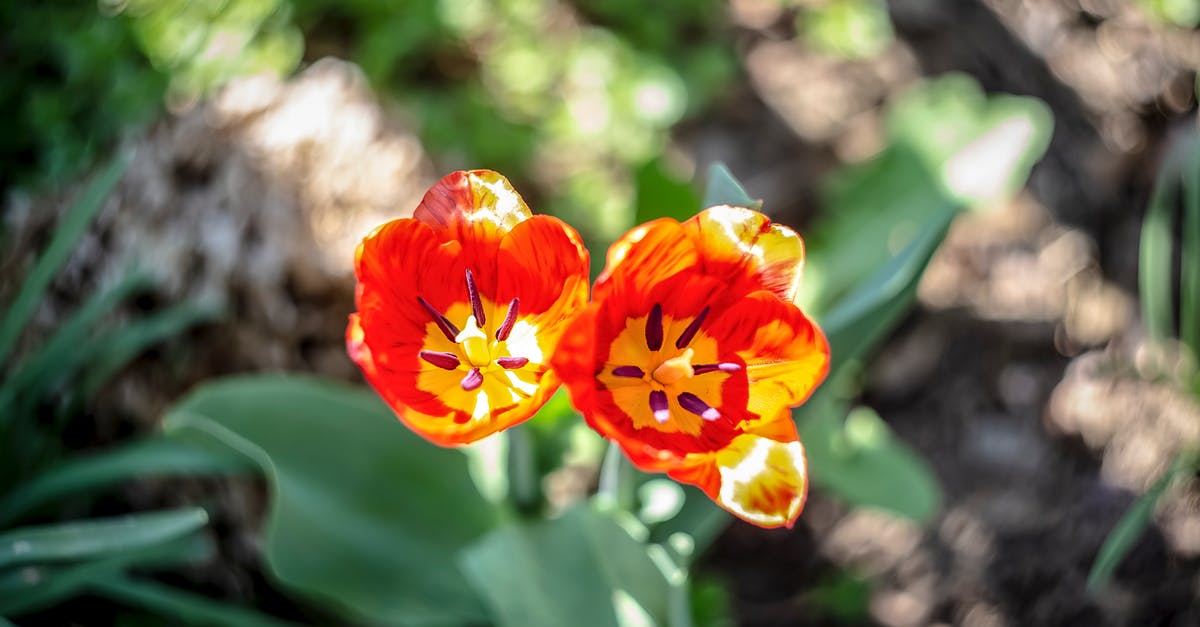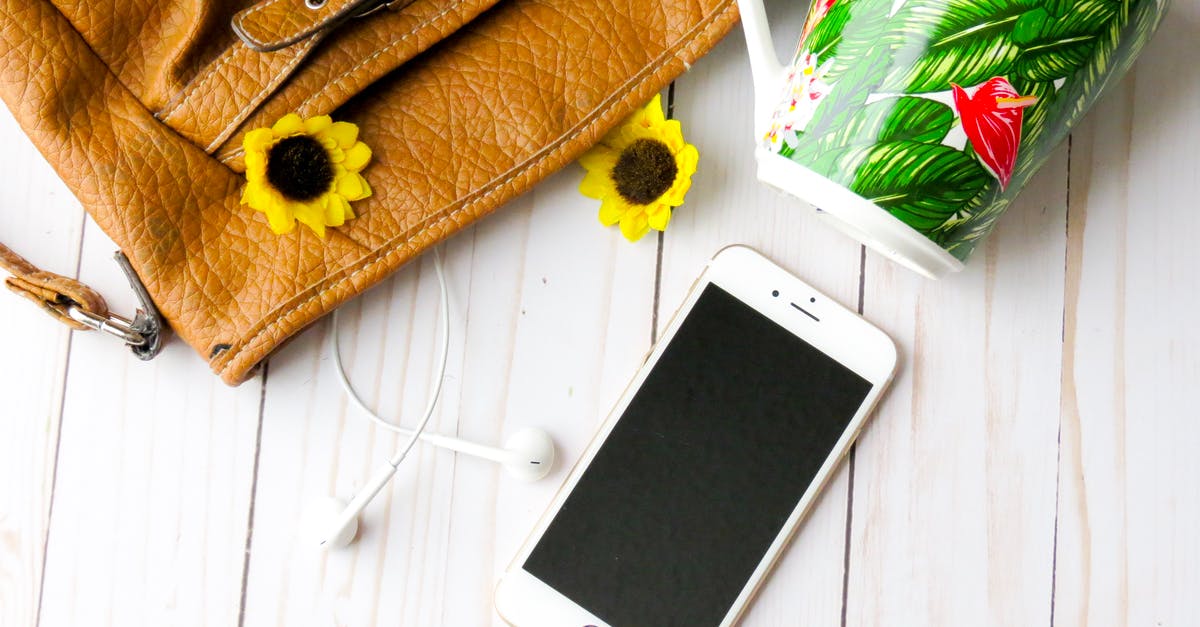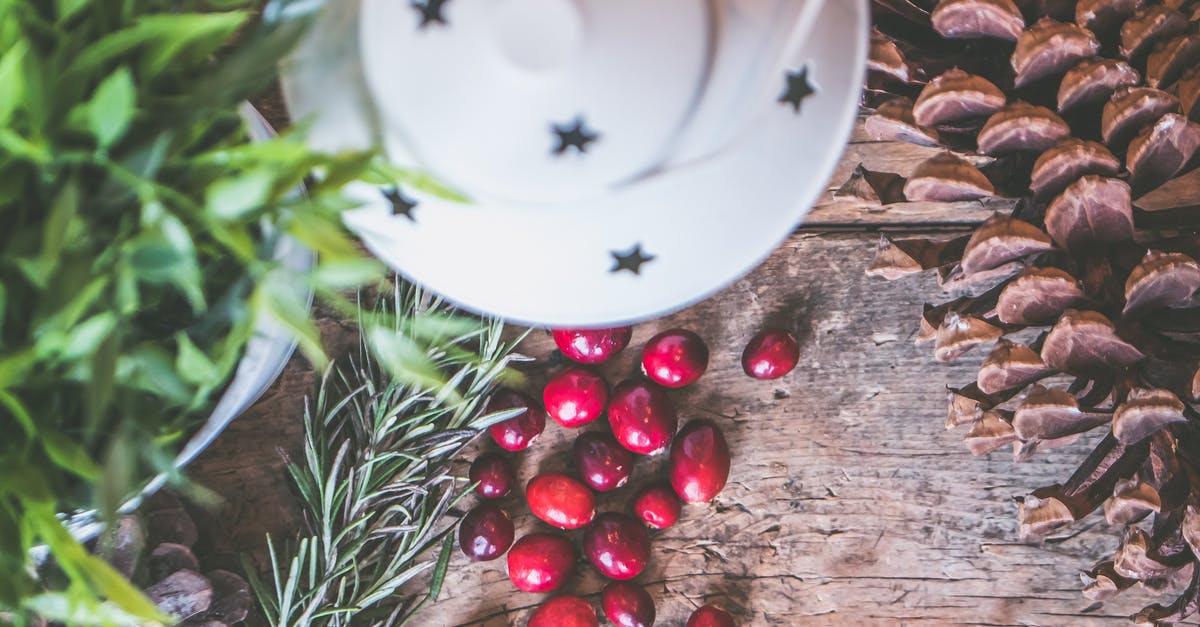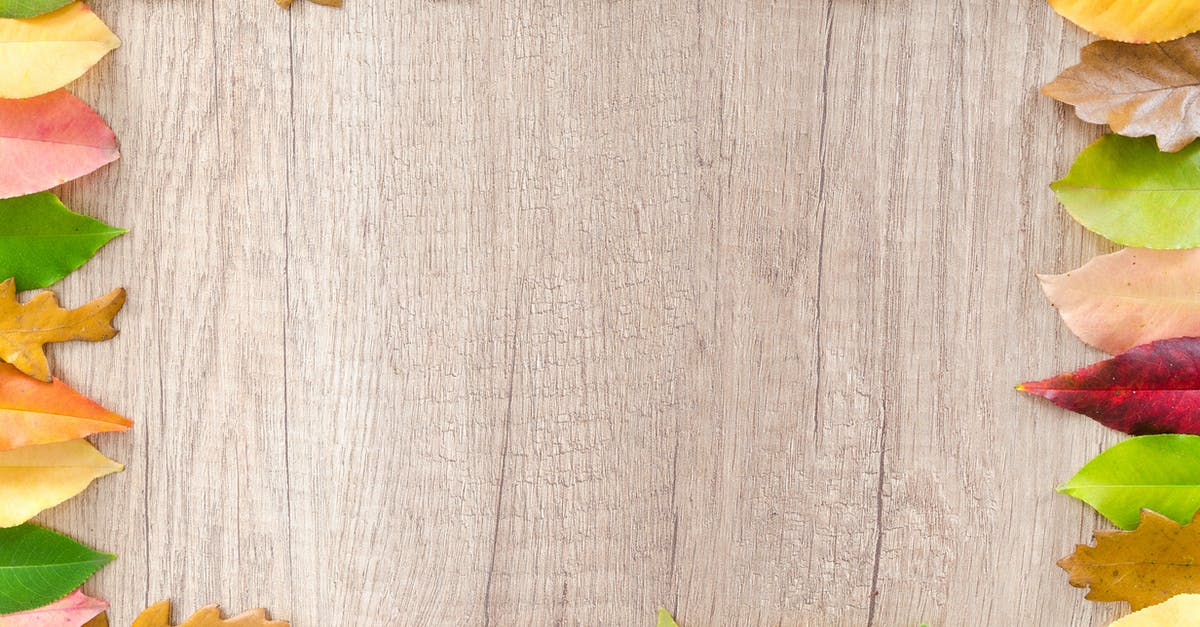No brown coloring: how to make macaron brown with only red and green coloring powders

My local store only has red, green, yellow, blue coloring powders. No brown or anything that looks like chocolate.
How to make chocolate-brown from these basic colors?
I tried cocoa powder, but that changed the texture and the macarons failed.
A French recipe suggests 1 green for 5 red, resulting in pink that supposedly becomes brown when cooking, but that is with liquid colorant so not sure it applies.
Best Answer
I wouldn't try to mix food coloring for something as sensitive as macarons and a color as difficult as brown. Color theory sounds easy enough, but practice is a different beast. The intensity of the pigments varies, there are unexpected interactions, etc. And then you need some solid theoretical and practical background in working with color.
That is not to say that you cannot be successful just trying any likely-looking ratio, but the chance that you get the color you were aiming for instead of some drab mud color is not so good.
Unless you are willing to invest the time and effort needed for several macaron batches doing the R&D (and we can't do it for you, or report to you based on previous experience, because we don't have the exact powders you have), you are better off going some other route.
- Order brown food coloring online. There are some great colors available, with very wide palettes and high quality ingredients. There is a reason why professional chefs buy from these palettes and don't mix their own.
- Find a recipe for a colored macaron. It can be a chocolate or a coffee macaron. The recipe will already take the added ingredient into consideration, so no tweaking will be needed to achieve the correct texture.
If you absolutely need to go with your powders, the usual process of discovering the correct ratio is following:
- Start with a certain amount of red, maybe 1 gram
- Prepare 11 mini pots for color mixing
- Use pure red in one pot, 1:1 red with green in the middle pot, pure green in the other end. Vary the scale in the between-pots logarithmically: in pot nr. 5, use 1 part red to 0.5 parts green, in nr. 4, use 1 part red to 0.25 green, etc.
- Now you have different amounts in each pot, but at least 1 gram. Prepare a sufficient amount of macaron batter, divide it into 11 batches of known size, and add the same amount of mixed color to each. Leave sufficient batter for 2-3 uncolored batches.
- First bake the uncolored batches, so the oven will have reached a steady state of preheatedness before you start with the colored batches.
- Bake the colored batches, using exact temperature and timing.
- Photograph the results (you have to keep very good track of your batches all the while - label all coloring pots, mixing bowls and baking sheets).
- Now you have the hue you like, but not the intensity. Repeat the process, but instead of mixing red and green in a logarithmic scale, add differing amounts of color to each batch in a logarithmic scale.
If everything went well, you now have the color you wanted. If not, you have to repeat until you get consistent results.
A shorter form may work for you, where you start with a random ratio (why not the 1:5 you found somewhere?) and use a Newton method for finding a color good enough for you. Don't forget that the steps will still need to accommodate a nonlinear relationship between pigment amount and perceived color, so if you are looking for a color halfway between the effect of 1:4 and 1:64, it's not 1:34, it's 1:16. You will still need to bake several batches in succession, so it may be more work then doing a lot of batches at once. Anyway, I think you see now why I suggested buying the premade color.
By the way, what I outlined is an already abbreviated method, giving you only one "line" of hues achievable with your colorants. The full method would require you to make a whole color triangle. It is entirely possible that the color you want is not on the straight line between your red and your green, but requires also some yellow or some blue. Or that it is completely outside of the color space of your pigments, so not achievable with that brand.
Pictures about "No brown coloring: how to make macaron brown with only red and green coloring powders"



Can I use powder color for macarons?
Yes, you can use powdered food coloring in your macaron batter. Powdered food coloring is a good choice when you want to get light pastel colored macarons. Powdered food coloring is usually not as concentrated as gel-based colorings so you need a lot more powder to get some color.How do you dye macarons Brown?
To use this method, just prepare a batch of macarons as usual. Fold the batter until it is almost fully incorporated then split it into separate bowls for each color required. Add color into each bowl and then fold until the color is fully incorporated into the batter.How do you mix colors for macarons?
Galaxy Macarons 🌌
Sources: Stack Exchange - This article follows the attribution requirements of Stack Exchange and is licensed under CC BY-SA 3.0.
Images: Markus Spiske, Miesha Maiden, Jessica Lewis Creative, Skitterphoto
